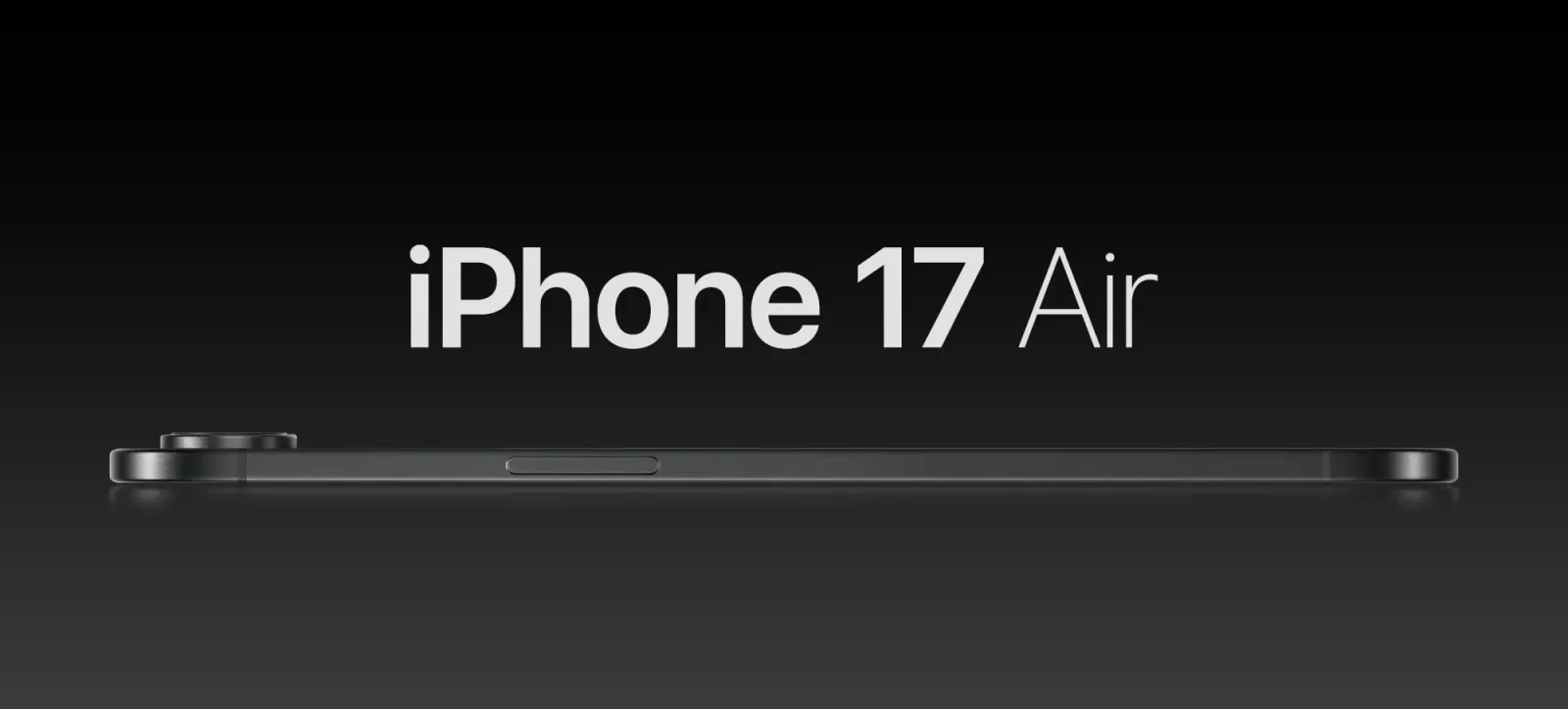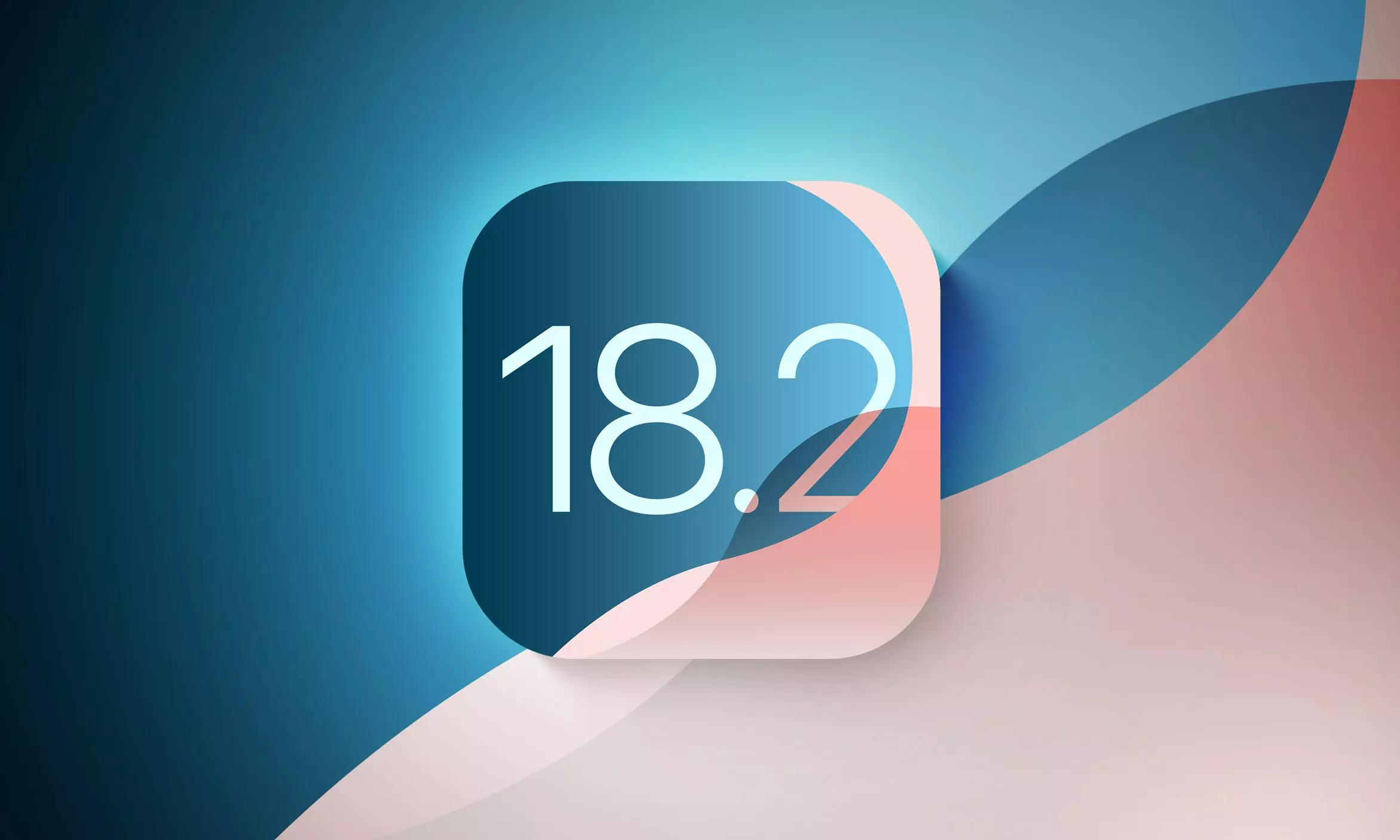The tech world is abuzz with anticipation for Apple’s early 2025 product releases. While rumors and leaks should always be taken with a grain of salt, a compelling picture is emerging of what we can expect from the Cupertino giant in the coming months. This article delves into the most anticipated products, offering a comprehensive overview based on current information.
The M4 MacBook Air: A Refinement of a Classic
The MacBook Air has consistently been a top choice for users seeking a balance of portability and performance. The 2025 refresh, powered by the M4 chip, promises to elevate this experience further. Key upgrades expected include:
- M4 Chip: A significant leap in processing power and energy efficiency, offering smoother performance for everyday tasks and demanding applications.
- 16GB RAM Standard: Providing ample memory for multitasking and handling larger files, enhancing overall responsiveness.
- Nano-Texture Display Option: Potentially offering reduced glare and improved viewing in various lighting conditions, a feature previously seen on higher-end models.
- 12MP Center Stage Camera: Enhanced video conferencing capabilities with improved image quality and automatic framing.
- Improved Battery Life: The M4 chip’s efficiency is expected to translate to longer battery life, a crucial factor for mobile users.
- Familiar Design: Maintaining the sleek and lightweight design in both 13-inch and 15-inch sizes, ensuring continuity for existing users.
The M4 MacBook Air is anticipated to launch around March, aligning with previous release cycles. This update focuses on internal improvements, solidifying the MacBook Air’s position as a leading ultraportable laptop.
iPhone SE 4: Democratizing Cutting-Edge Technology
The iPhone SE has always been about offering flagship features at a more accessible price point. The fourth generation is poised to be a game-changer, incorporating significant design and technological advancements:
- iPhone 14-Inspired Design: Ditching the Home Button for an edge-to-edge OLED display and Face ID, bringing the SE in line with modern iPhone aesthetics.
A18 Chip: The same powerful chip found in the flagship iPhone 16, ensuring top-tier performance and future-proofing.
Apple Intelligence Support: Bringing advanced AI capabilities to the SE, previously reserved for higher-end models.
8GB of RAM: Providing smooth multitasking and handling demanding apps with ease.
- 48MP Main Camera: A significant upgrade in camera technology, potentially mirroring the iPhone 16’s camera system, promising improved image quality.
USB-C Port: Adhering to the industry standard and offering faster data transfer and charging.
- Apple-Designed 5G Modem: A significant step for Apple’s vertical integration, potentially leading to improved 5G performance and efficiency.
With a projected price point under $499, the iPhone SE 4 is set to be a compelling option for budget-conscious consumers seeking a powerful and modern iPhone experience.
The “HomePad” Smart Display: Reimagining the Smart Home Hub
Perhaps the most intriguing product on the horizon is the “HomePad” smart display. This device aims to revitalize Apple’s presence in the smart home market, offering a unique blend of functionality and design:
- Siri-Centric Experience: Emphasizing voice control and integration with Apple’s ecosystem, focusing on communication and home automation.
- App Integration: Running core Apple apps like Safari, Music, and Notes, but reportedly without a full App Store, focusing on core functionalities.
- Hybrid Interface: Combining touch interaction with voice control powered by Apple Intelligence’s new App Intents, adapting to user proximity.
- Unique Form Factor: Expected to be roughly the size of two iPhones side-by-side, featuring a 6-inch screen, speakers, a FaceTime camera, and a built-in battery.
- Versatile Placement Options: Apple is reportedly developing wall mounts and speaker bases for various locations like desks, tables, kitchens, and nightstands.
- Enhanced Security and Intercom: Prioritizing security and offering video/audio intercom functionality compatible with other home devices.
- Customizable Home Screen: Featuring familiar Apple widgets and home controls, integrating with video doorbells and security cameras with alert support.
The HomePad represents a significant push into the smart home arena, potentially offering a seamless and integrated experience for controlling smart devices, communicating with family members, and accessing information.
iPad (11th Generation): A Subtle but Necessary Update
While details are scarce, the 11th generation iPad is expected to offer a standard iterative update:
- Faster A-Series Chip: A performance boost for smoother operation and handling demanding tasks.
- 8GB of RAM: Ensuring smooth multitasking and responsiveness.
- Updated Connectivity: Potentially featuring Apple’s new Wi-Fi and Bluetooth networking chip for improved connectivity.
This update focuses on internal improvements, maintaining the iPad’s position as a versatile and affordable tablet.
Wildcard Possibilities: Expanding the Ecosystem
Beyond the core products, several other devices could make an appearance in early 2025:
- Apple Watch SE 3: A long-awaited update to the affordable smartwatch, potentially launching alongside the iPhone SE 4.
- M3 iPad Air: A refresh of the mid-range tablet with the latest M3 chip, offering a significant performance boost.
- HomePod mini 2 and New Apple TV 4K: Potential updates to existing home devices, aligning with the HomePad launch to create a cohesive smart home ecosystem.
Conclusion: A Promising Start to 2025
Apple’s potential early 2025 product lineup paints a picture of innovation and refinement. From powerful laptops and affordable iPhones to reimagined smart home devices, Apple seems poised to deliver a compelling array of products. While these are based on current information and rumors, the actual releases may vary. Nevertheless, the anticipation surrounding these potential launches underscores Apple’s continued influence on the tech landscape.


